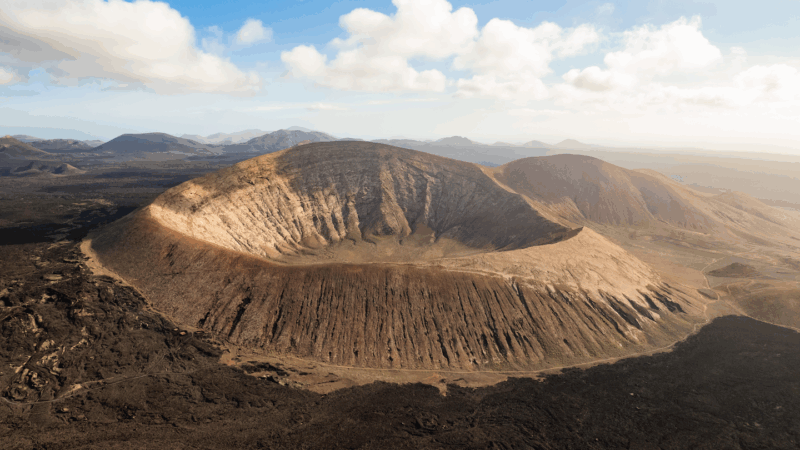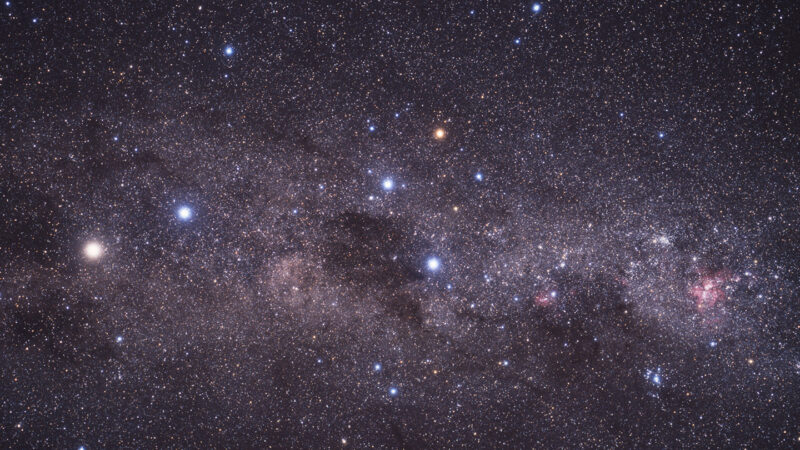Caldera (noun, “Kal-DER-ah”)
A caldera is a type of crater. It forms when a volcano collapses after a massive eruption.
When volcanoes erupt, material bursts from underground cavities. That material could be lava. It could also be vapor, dust and gases. Either way, the blast leaves empty pockets underground. Sometimes, those pockets cave in. That forms a caldera.
Some calderas cover dormant volcanoes. Others cover volcanoes that are still active. Consider Hawaii’s Kīlauea Caldera. In 2018, this volcano collapsed after an eruption. Today, the caldera still burps lava.
Some calderas form through not one, but many collapses. Yellowstone National Park, which spans Wyoming, Idaho and Montana, is an example. Yellowstone’s volcanic activity started about 1.2 million years ago. Over time, multiple vent-like eruptions created a vast caldera system throughout the region. The last eruption occurred about 600,000 years ago. Geologists think this one was massive. It emptied the caldera’s magma chamber. Without magma to support it, the ground caved in. That created Yellowstone’s largest caldera, which stretches 113 kilometers (70 miles) across.
Another famous caldera is Crater Lake, in Oregon. It formed about 7,700 years ago. The Native American Klamath Tribes lived in this region at the time. Their legends describe the event. The stories tell of fire and rock bursting from the ground. Landslides followed. Finally, Mount Mazama caved into the void below. Over time, the caldera filled with rainwater. That’s why today, it is a lake. Crater Lake remains a sacred place to these tribes.
In 2019, a team led by Filipino scientist Jenny Anne Barretto found the Apolaki Caldera — at the bottom of the ocean. It stretches for 150 kilometers (93 miles) under the Philippine Sea. That makes it the world’s largest known caldera.
In a sentence
The volcano responsible for Hawaii’s Kīlauea Caldera recently erupted like a stomp rocket.

















